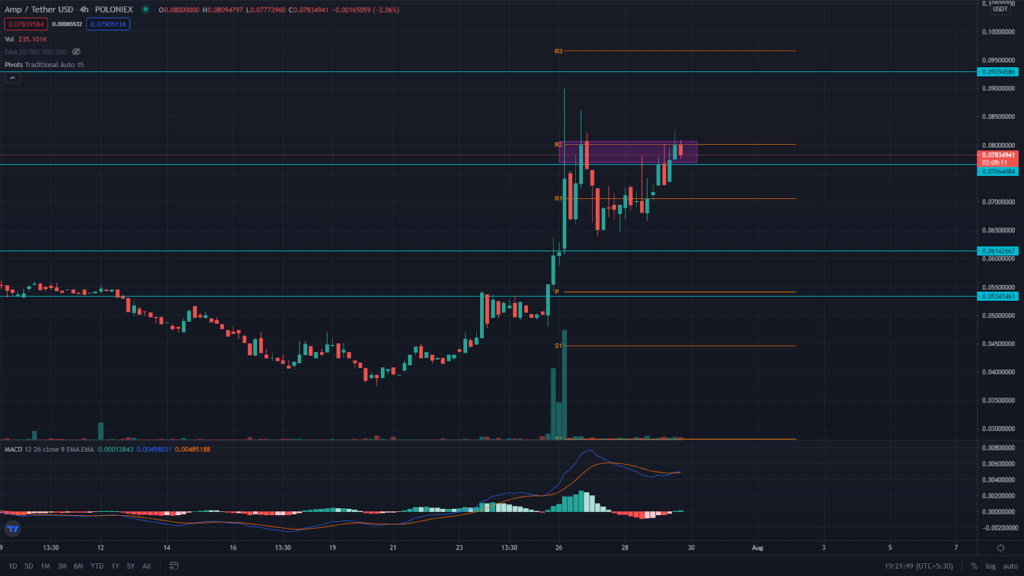


Our view is this fund isn't reporting extraordinary returns (despite relatively low fees), so existing members would be best to look at alternatives within AMP and another scheme altogether if they are questioning the performance.Īs its name suggests, this fund invests in low-risk assets, with 76% allocated to income assets and 24% allocated to growth assets. Recent holdings included term deposits with ANZ bank, an NZ government bond and holdings in the overseas-focused Orbis Global Equity Fund (which invests in a range of leading international companies).Despite this, only 6% of AMP members have made an active choice to change from the Default fund in recent years, which is the lowest percentage of any default KiwiSaver provider. Despite over $1 billion invested in the fund, the Financial Markets Authority has put in place a financial literacy obligation for default providers such as AMP to educate their members about alternative funds.The fund's performance is helped by a reasonable 0.41% management fee, which is lower than all but one other default fund in KiwiSaver.The fund invests predominantly into low-risk products such as bank bonds and deposits, with a small allocation to growth assets such as international shares through index funds. The AMP Default Fund is the most conservative AMP diversified fund, and offers good value for a conservative option by charging the lowest management fee in the AMP KiwiSaver Scheme.Investment Composition: Cash and cash equivalents (45%), New Zealand fixed interest (17.5%), international fixed interest (17.5%), Australasian equities (7%) and i nternational equities (13%).Suggested minimum investment timeframe: 2 years.Fund objective: "To preserve the value of your investment and achieve modest returns".Average annual net return since fund launch (2007): ~4%.It's AMP's largest KiwiSaver fund, as those who sign-up through the IRD without choosing a specific company are automatically enrolled in one of the nine default scheme provider funds, of which AMP is one. This fund invests in income assets of a short term nature such as bank deposits, floating-rate notes, money market securities with New Zealand-registered banks and New Zealand and overseas shares. This tool is updated monthly so that you can see the latest results.

Our KiwiSaver Three-Year Returns Calculator and Comparisonshows the latest three-year returns in dollar terms, so you can see which funds over-performed and under-performed compared to above average across all KiwiSaver funds (listed as Balanced, Moderate or Growth). The Specs of AMP KiwiSaver Funds, Fees and Where Your Money Is Invested.Please note: MoneyHub is not a Financial Adviser, and this guide has been published to explain the investment fundamentals and outline the pros and cons of AMP as a KiwiSaver investment option. In this guide, we outline what the AMP KiwiSaver scheme is, what funds it offers to KiwiSaver members, and how they're different to other funds, as well as looking at alternatives and the level of fees involved. Add on repeated articles about poorly performing funds and proof that the scheme is losing market share and AMP has a lot of work to do to improve its KiwiSaver perception. Recently the Consumers Institute announced that AMP customers report well-below average satisfaction. For the reasons we will outline, our view is that AMP KiwiSaver has struggled against other schemes since their funds launched in 2007.ĪMP is in the news quite often. Unlike other our other KiwiSaver provider reviews, we are giving more weight to media articles, fund performance rankings and commentary from financial experts, cited throughout this page. Uniquely, AMP offers its own funds and funds managed by other providers, with popular examples being the ANZ Balanced Growth Fund, Mercer Balanced Fund and Nikko AM Balanced Fund. We make sense of one of KiwiSaver's largest schemes, and with 28 investment options to choose from, no other provider offers more variety.


 0 kommentar(er)
0 kommentar(er)
